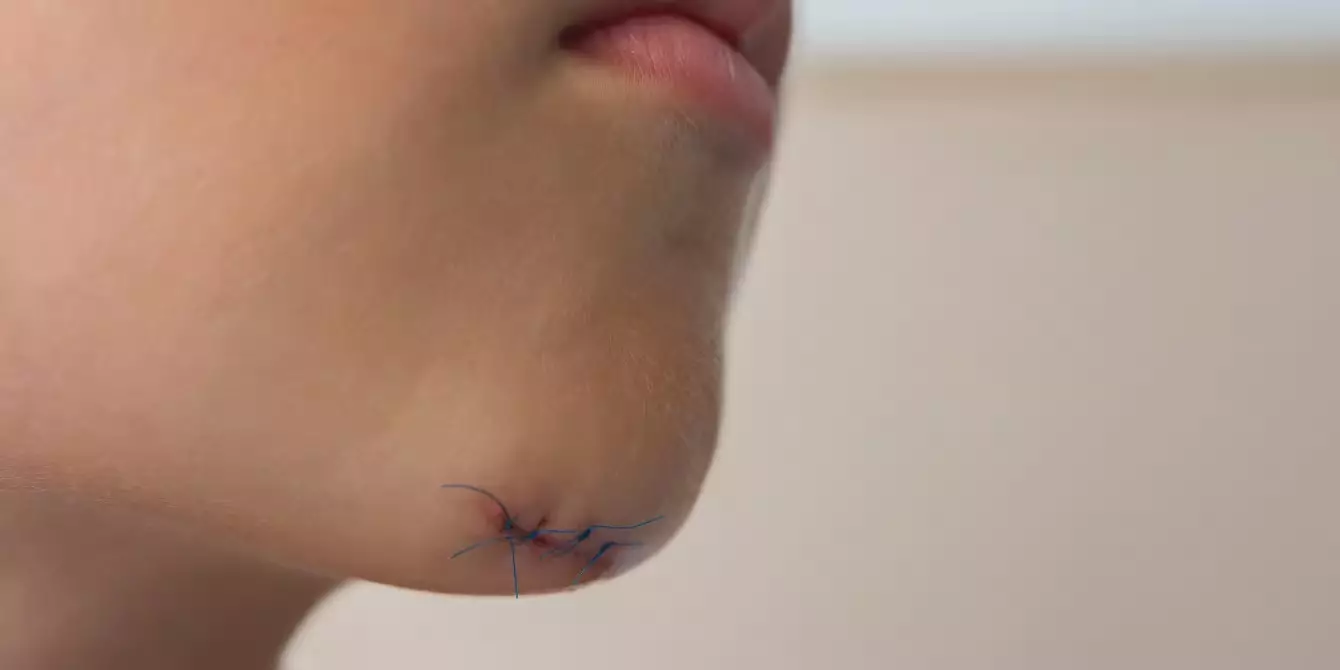The unpredictable nature of childhood can sometimes lead to heart-stopping moments for parents. Recently, I found myself facing one of those dreaded scenarios at the playground when my two-and-a-half-year-old son took a significant tumble. What started as innocent play swiftly escalated into a scene I never wished to witness: my child hitting his head on a dangerously sharp sidewalk edge, leaving him with a big cut on his forehead. Such incidents are bound to send shivers down any parent’s spine. However, it is not just the injury that triggers anxiety; for many, the looming prospect of a hospital visit provokes even more dread. The chaos associated with operations, stitches, or x-rays can feel like an impending storm, especially in the presence of young children.
In our case, the aftermath involved a trip to the emergency room for stitches—an experience riddled with anxiety and tears. My son cried when he received the anesthetic injection, and yet, surprisingly, as we were leaving the hospital, his innocent words, “That was fun!” emerged. My heartbeat momentarily halted with disbelief but also ignited a realization: despite the chaos, he navigated the day with unexpected resilience. I had a hunch that my efforts in preparing him for this experience had transformed what could have been a nightmare into a surprisingly positive event.
Preparation: A Parental Superpower
Reflecting on this experience, I came to understand that preparedness is one of a parent’s most valuable tools. When facing any daunting procedure—be it a standard checkup, a trip to the dentist, or dealing with an injury—our children require assurance and guidance. It begins with us as parents, exuding calmness and confidence. Children are adept at picking up on the emotions of their caregivers; if we project fear or anxiety, they will invariably mirror those feelings.
Active preparation involves taking the time to walk our kids through what they will experience in vivid detail. Honesty is paramount—acknowledge that the process may be uncomfortable or at times painful. Rather than sugarcoating scenarios, I prefer to utilize real terms associated with the medical tools and procedures. This transparency fosters trust between us and our children, effectively setting the stage for success.
Active Involvement: Bridging the Gap
While navigating through medical procedures, I’ve learned the value of involving our children in discussions concerning the tools that will be utilized. An ideal medical practitioner understands the importance of this approach and embraces it. As parents, we can initiate this dialogue by encouraging doctors and nurses to take a moment to demonstrate their instruments, instilling a sense of curiosity rather than fear. If the medical professional seems rushed, gently reminding them to share their equipment with our little ones can help create a more enriching experience.
Throughout the procedure, I take on the role of a sportscaster, narrating what is happening in an engaging manner. This not only calms my child but also demystifies the encounter. However, while distraction is often a default coping mechanism for adults, it can backfire for children, for whom uncertainty breeds fear. Instead of diverting attention from medical procedures, fostering empowerment through participation can lead to a more profound sense of security in our children.
Empowering with Choices
One effective strategy I’ve adopted is providing my child with choices during procedures. For instance, when it comes to receiving a shot, it’s important not to make unilateral decisions about what they can or cannot handle emotionally. Instead, I might ask him whether he prefers to receive the shot in his arm or thigh, or if he would like to maintain eye contact with the process or turn away. Such options instill a sense of control, fostering bravery and cooperation.
Believing in our children and their abilities to process complex emotions is essential. Too often, we underestimate their capacity for understanding. By giving them the opportunity to engage with their surroundings, we often discover their remarkable ability to rise to the occasion. There’s something transformative about witnessing a child confront their fears, transforming anxiety into empowerment.
As parents, we should embrace every challenge as an opportunity to foster resilience and courage in our children. By preparing them, empowering them, and involving them, we cultivate a generation of emotionally intelligent beings who can face fears head-on and, perhaps someday, even find joy amidst adversity.

